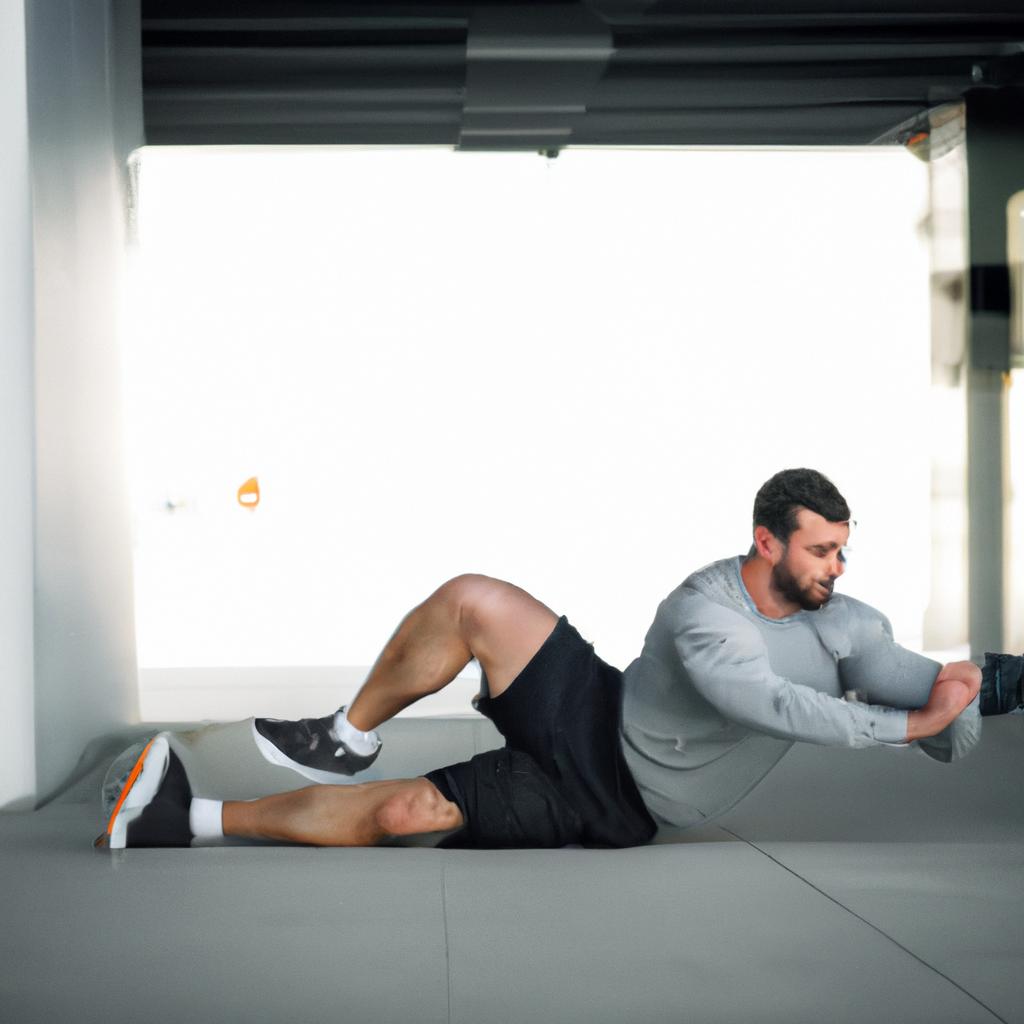**”The Art of Combining Bodyweight Conditioning with Mobility Work: Enhancing Flexibility and Strength in Your Daily Routine”**
# The Art of Combining Bodyweight Conditioning with Mobility Work: Enhancing Flexibility and Strength in Your Daily Routine
In a world where fitness trends come and go, the blend of bodyweight conditioning and mobility work stands out as a timeless and effective approach to enhancing overall health. Combining these two disciplines not only fosters strength and endurance but also significantly improves flexibility and joint health. Whether you’re a fitness novice or a seasoned athlete, integrating mobility exercises into your bodyweight routine can elevate your workouts, offering a well-rounded strategy that promotes long-term physical wellness.
## Understanding Bodyweight Conditioning
### What is Bodyweight Conditioning?
Bodyweight conditioning involves exercises that use your own body weight as resistance to develop strength, endurance, and balance. These exercises, such as push-ups, squats, and planks, can be performed anywhere and require minimal to no equipment, making them accessible for everyone.
### Benefits of Bodyweight Training
1. **Scalability**: Bodyweight exercises can be easily modified to suit different fitness levels, allowing beginners to start at their own pace while offering advanced variations for seasoned athletes.
2. **Functional Strength**: This type of training mimics everyday movements, improving functional strength that translates to better performance in daily activities.
3. **Convenience**: With bodyweight exercises, you can work out at home, in the park, or while traveling, making it easier to stick to a consistent routine.
## The Role of Mobility Work
### What is Mobility Work?
Mobility work focuses on enhancing the range of motion of your joints and improving the flexibility of your muscles. Unlike static stretching, mobility exercises are dynamic and often involve movement patterns that mimic the way your body functions in daily life.
### Benefits of Mobility Work
1. **Injury Prevention**: By improving flexibility and joint stability, mobility work decreases the likelihood of injuries during physical activity.
2. **Enhanced Performance**: Greater range of motion can lead to better performance in strength training and athletic pursuits, as it allows for deeper and more effective movements.
3. **Improved Posture**: Regular mobility exercises can correct muscle imbalances, leading to improved posture and reduced strain on the spine and surrounding muscles.
## Integrating Bodyweight Conditioning and Mobility Work
### Creating a Balanced Routine
To effectively combine bodyweight conditioning and mobility work, consider structuring your workouts to include both elements. Here’s a simple outline:
1. **Warm-Up**: Start with dynamic mobility exercises such as arm circles, leg swings, and hip openers to prepare your body for the workout ahead.
2. **Bodyweight Conditioning**: Follow your warm-up with a series of bodyweight exercises, focusing on multiple muscle groups.
3. **Mobility Cool Down**: Finish your workout with targeted mobility drills to stretch and restore muscle length, aiding recovery.
### Tips for Effective Integration
– **Listen to Your Body**: Pay attention to how your body responds to different exercises. If you feel tightness or discomfort, incorporate more mobility work to address those areas.
– **Consistency is Key**: Aim to include both bodyweight conditioning and mobility work into your routine at least three to four times a week for optimal results.
## Nutrition Tips
To maximize the benefits of your bodyweight and mobility training, consider the following nutrition tips:
1. **Stay Hydrated**: Adequate hydration is essential for muscle recovery and joint health. Aim for at least 8 cups of water daily, adjusting based on your activity level.
2. **Eat a Balanced Diet**: Focus on whole foods rich in nutrients, including lean proteins, healthy fats, and plenty of fruits and vegetables. These foods provide the necessary energy and support muscle repair.
3. **Incorporate Anti-Inflammatory Foods**: Foods such as fatty fish, nuts, and leafy greens can help reduce inflammation and promote joint health.
## Exercise Advice
When engaging in bodyweight conditioning and mobility work, remember these key points:
– **Prioritize Form**: Quality over quantity is essential. Focus on performing each movement with proper form to maximize benefits and minimize injury risk.
– **Progress Gradually**: As you become more comfortable with both bodyweight and mobility exercises, gradually increase the intensity and complexity of your workouts.
– **Incorporate Variety**: Keep your routine fresh by mixing different exercises and mobility drills to prevent boredom and challenge your body in new ways.
## Health Benefits
The combination of bodyweight conditioning and mobility work offers numerous health benefits, including:
– **Improved Strength and Endurance**: Regular practice enhances muscle strength and overall endurance, making daily activities easier.
– **Greater Flexibility**: Increased flexibility comes from consistent mobility work, reducing tightness and enhancing movement efficiency.
– **Better Joint Health**: Mobility exercises promote joint stability and reduce the risk of injuries, enabling you to maintain an active lifestyle.
In conclusion, the art of combining bodyweight conditioning with mobility work creates a unique and effective approach to enhancing both flexibility and strength. By integrating these practices into your daily routine, you can enjoy improved physical health, increased performance, and a lower risk of injury, leading to a more fulfilling and active life.















Post Comment